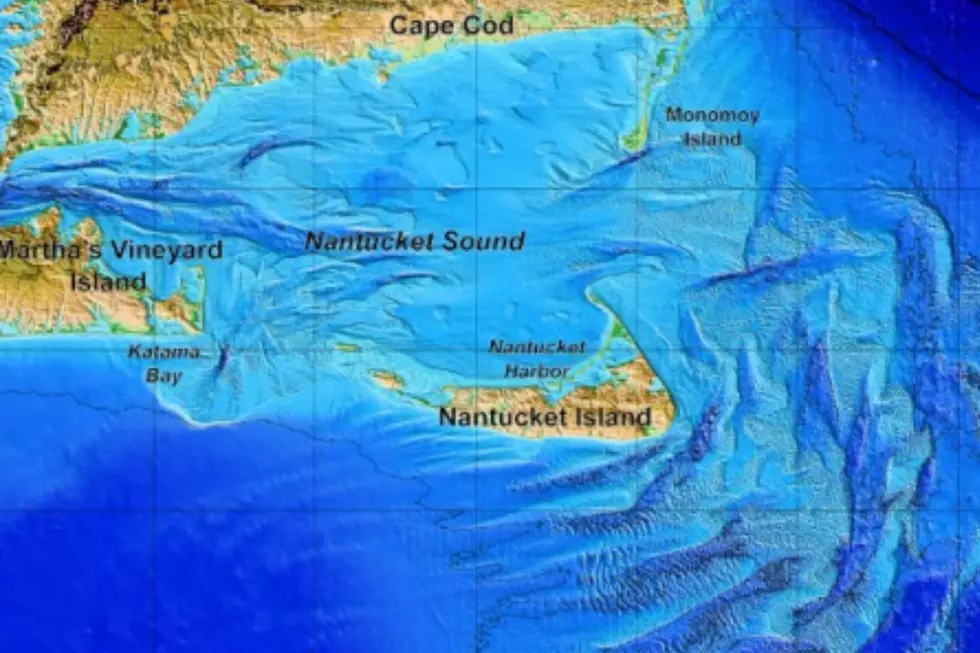
What Would Happen if a Tsunami Ever Hit Massachusetts
If you lived through the devastating tsunamis in Indonesia and Japan, the televised images of loss of life and wreckage immediately come to mind when you hear the word. The massive tidal wave slammed through homes, overtook cars and separated families for miles within the shoreline.
The devastation isn't necessarily always a one-time deal.
In April of 2024, Indonesia issued a tsunami alert, evacuating thousands after a volcano erupted on a remote island.
While the vast majority of tsunamis occur in Asia, that hasn't stopped the Commonwealth of Massachusetts from researching how many residents would be in danger were one to happen here. The state has calculated how many hospitals, bridges and pieces of infrastructure sit in danger of tsunami destruction.
Earthquakes Cause Tsunamis
The frequency of tsunamis is directly linked to events that cause them, mostly underwater earthquakes, although mudslides and other natural events can also be causes.
Luckily, earthquakes aren't common occurrences for SouthCoast residents. However, they do happen. On April 5, 2024, the shocks from an earthquake in New Jersey were felt here on the SouthCoast. Closer to home, Bliss Corner in Dartmouth was the epicenter of a magnitude 4.0 earthquake on November 8, 2020 at 9:10 a.m.
READ MORE: The SouthCoast's Biggest Eyesores
Potentially Devastating Damage to Life and Property
The Commonwealth of Massachusetts figures that a tsunami hitting the SouthCoast would have the potential to do over $30 billion in damage to buildings just 1 mile from the shoreline. Three of the region's hospitals, 100 SouthCoast schools and three colleges all fall into the danger zone in Bristol County.
Roughly 222,000 people live within the one-mile range deemed at risk for a tsunami.
Tsunami Warnings
Tsunami warnings boil down to four key questions, according to the state's report.
1. Is there a warning system?
2. What is the lead time of the warning?
3. What is the method of warning dissemination?
4. Will the people evacuate when warned?
The report did not indicate whether the Commonwealth has yet succeeded in organizing a comprehensive tsunami warning system for coastline residents.
It's important to remember that while a tsunami event could cripple waterfront parts of Massachusetts, historically, they are a rare occurrence in this part of the country.
LOOK: The most expensive weather and climate disasters in recent decades
Gallery Credit: KATELYN LEBOFF
Ways to Stay Safe During an Earthquake in Massachusetts
LOOK: 31 breathtaking images from NASA's public library
Gallery Credit: Deborah Brosseau
More From WFHN-FM/FUN 107









